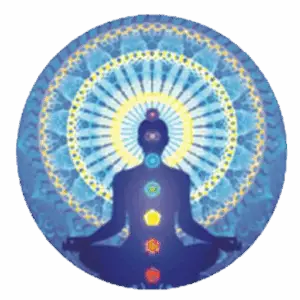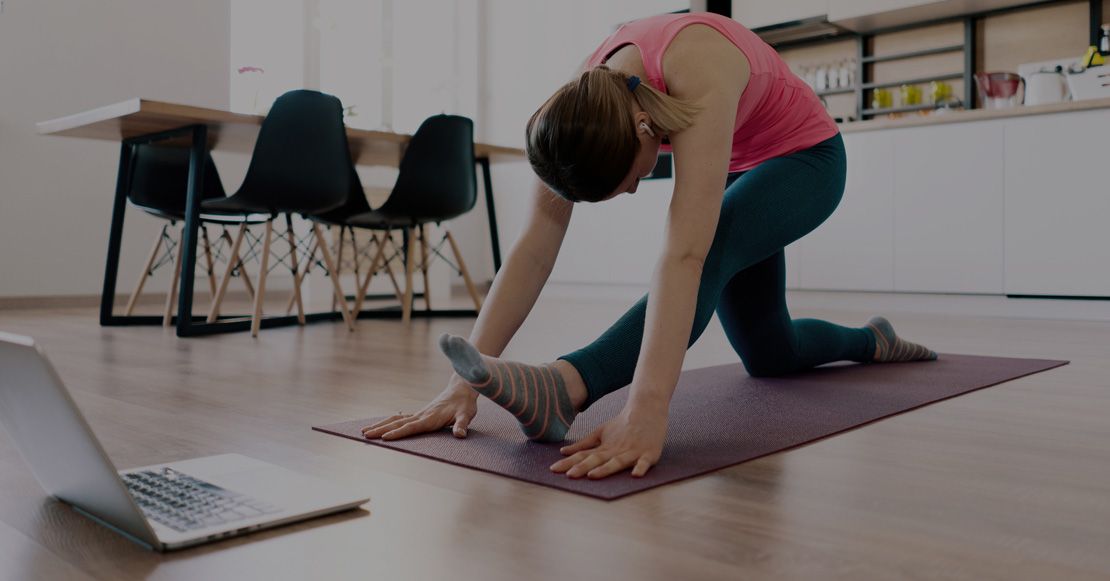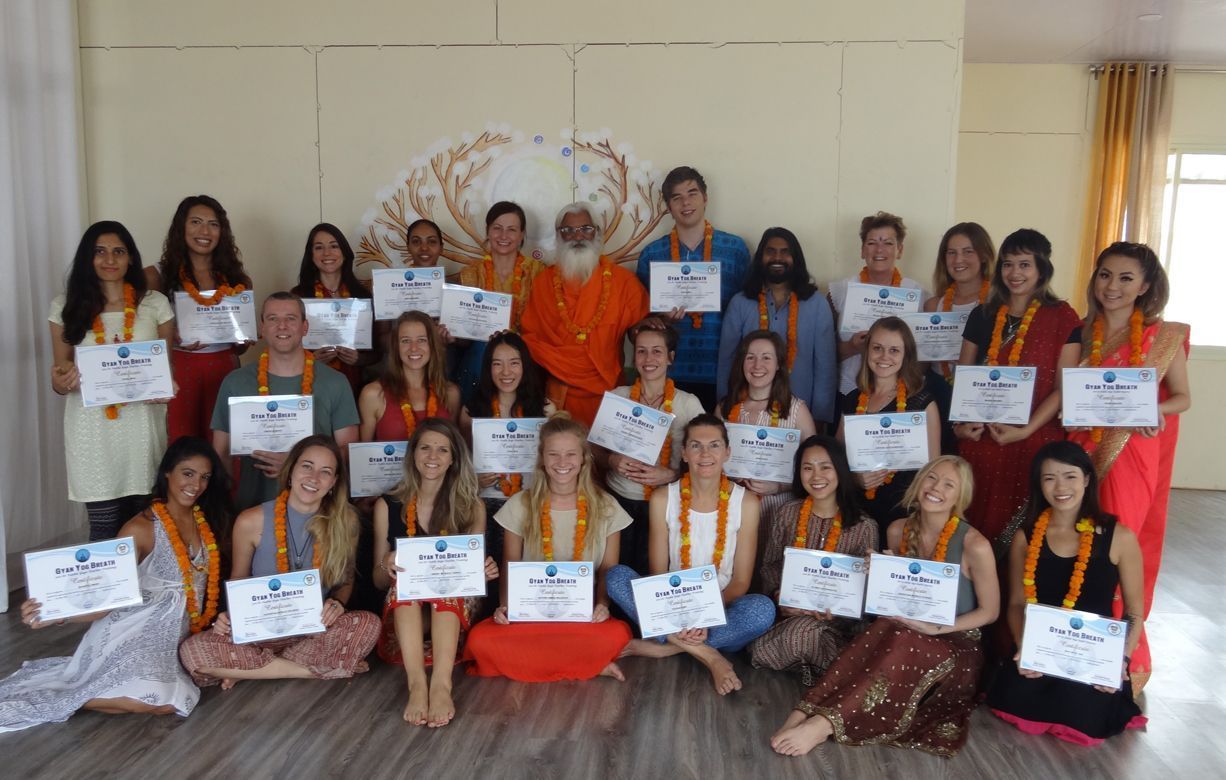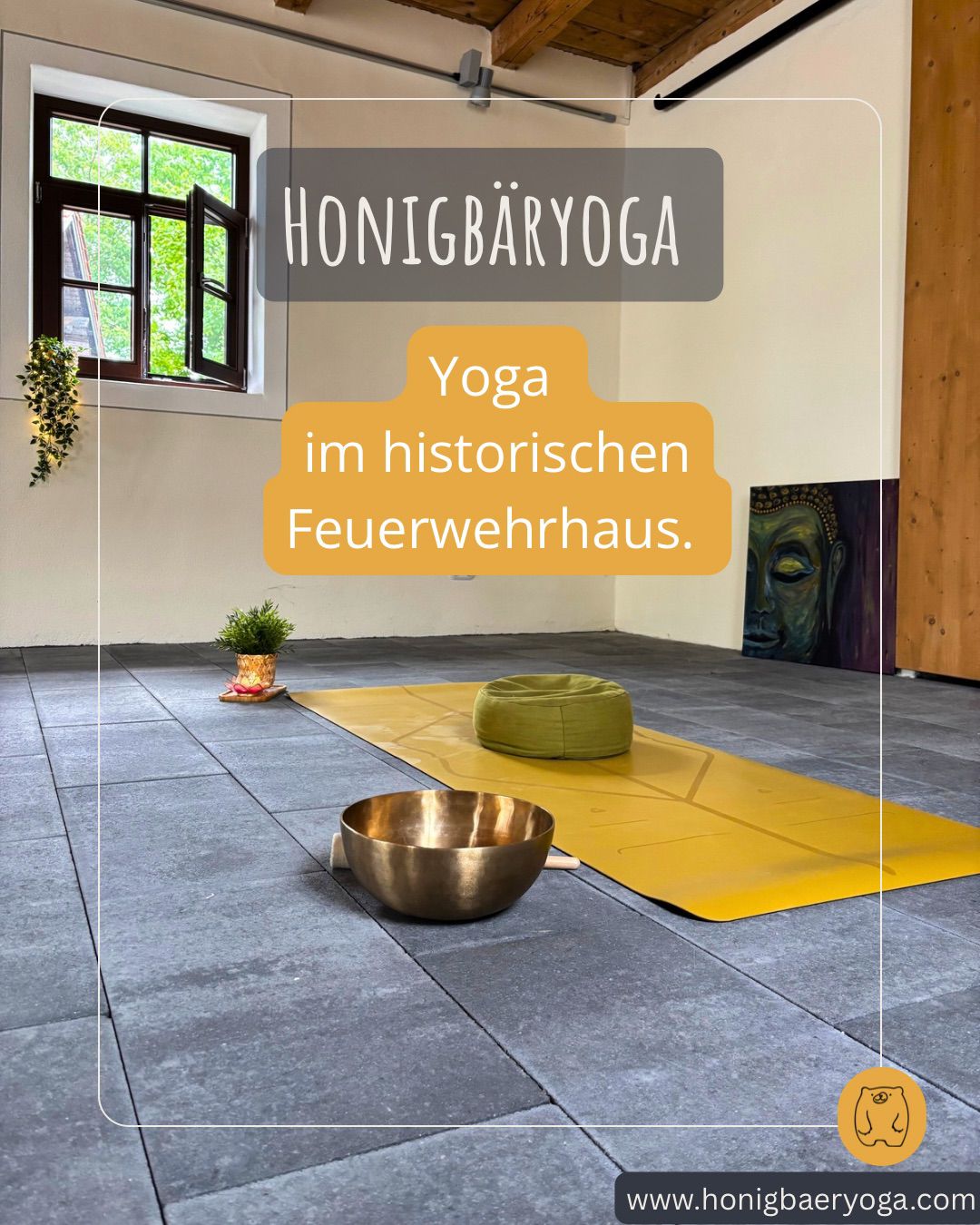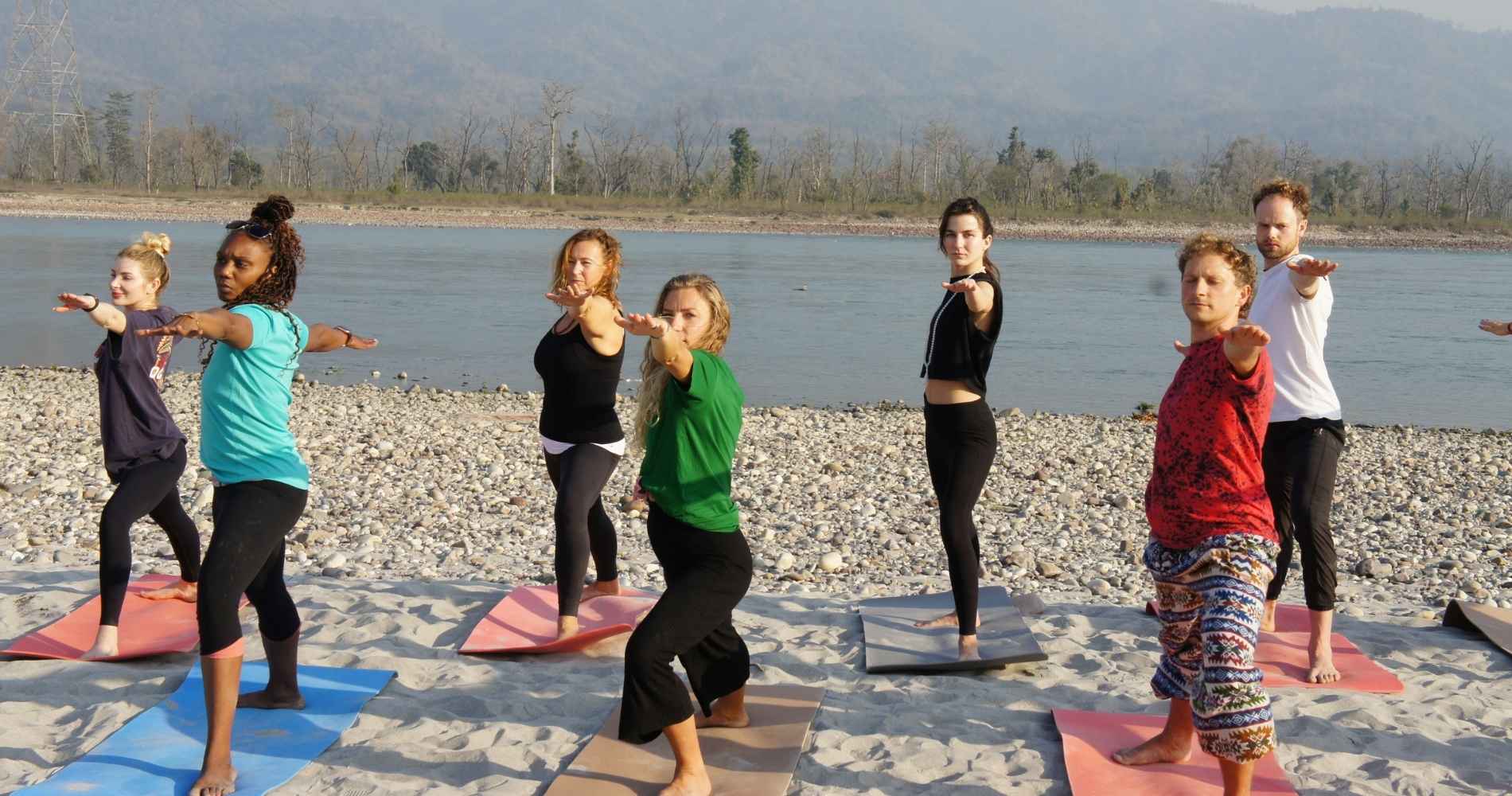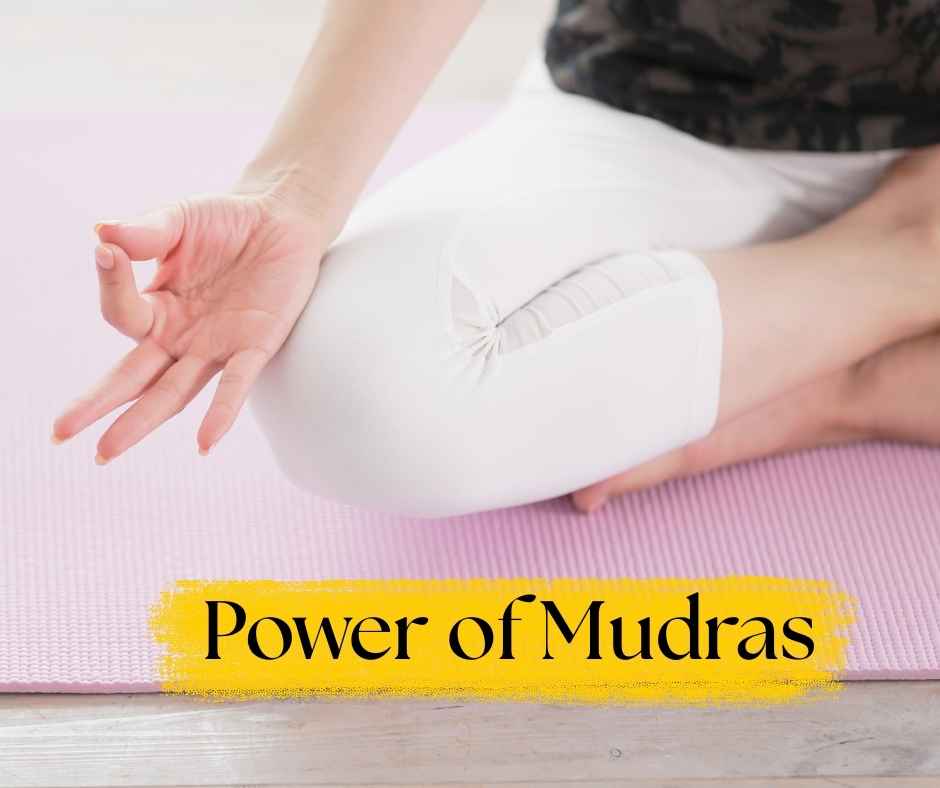We all experience stress.
Whether you realize it or not, it plays a major role in our busy everyday lives.
Stress management is very important to lead a healthy lifestyle. Stress is your body’s reaction to any change that requires an adjustment or response. Your body reacts physically, mentally, or emotionally – although reactions are most commonly physical. When under stress, your body thinks it is under attack; and induces ‘fight or flight’ mode, releasing a complex mix of hormones to prepare the body for action. This was useful back in the days when humans were at risk of coming face-to-face with predators and had to react quickly.
But unfortunately, in the ‘modern’ world, stress often pops up in inappropriate situations and can be rather harmful to your health if you are exposed for extended periods of time.
This is why it is very important to learn to manage stress. If you would like to lead a healthy, balanced life, stress should be minimised for the most part and can be effectively achieved through the practice of yoga.
So what is yoga?
We all experience stress.
Whether you realize it or not, it plays a major role in our busy everyday lives.
Stress management is very important to lead a healthy lifestyle. Stress is your body’s reaction to any change that requires an adjustment or response. Your body reacts physically, mentally, or emotionally – although reactions are most commonly physical. When under stress, your body thinks it is under attack; and induces ‘fight or flight’ mode, releasing a complex mix of hormones to prepare the body for action. This was useful back in the days when humans were at risk of coming face-to-face with predators and had to react quickly.
But unfortunately, in the ‘modern’ world, stress often pops up in inappropriate situations and can be rather harmful to your health if you are exposed for extended periods of time.
This is why it is very important to learn to manage stress. If you would like to lead a healthy, balanced life, stress should be minimised for the most part and can be effectively achieved through the practice of yoga.
Unity.
Yoga is the ‘science of right living’. Working on all aspects of yourself, it is intended to be practiced and incorporated into daily life. It is the balance of your mind, body and emotions through various practices including yoga asana, pranayama, mudra, bandha, shatkarma and meditation.
I first started yoga when I was working long weekdays at a cafe and under a lot of pressure. I was surrounded a lot of different energies, and often times the intensity got the best of me; without even realising it I became rather stressed. I had tried the physical practice a few times but I wanted to get a better feel for it, so I decided to join the gym nearby my work and join the yoga classes in the evenings.
My first class left me feeling so light, fulfilled and present that I instantly knew this practice was something special. Even though at the time I viewed it mostly as just an exercise, it was the one thing I looked forward to after a long, intense day, to bring me back down and release all my tensions.
It was only later on that I realised that yoga is so much more than yoga asanas (poses); but rather a full-body and life experience.
Yoga has many styles, forms and intensities. Hatha yoga, in particular, maybe a good choice for stress management. Hatha is one of the most common styles of yoga, and as a beginner, you may like its slower pace and easier movements. But most people can benefit from any style of yoga – it’s all about your own personal preferences.
The reason yoga is so effective in relieving you from stress because there are many dynamic aspects that all play a roll in this wonderful benefit.
Through yoga asana (the most well known, the physical side of yoga), you can effectively reduce stress, relieve tensions and relax your physical body. Many postures have a deeply calming effect on the whole system; particularly forward bends and inversions.
An excellent yoga asana for stress relief is Shashankasana (rabbit pose) in Hatha, or more commonly known as Balasana (Childs Pose) in most other styles. This posture is performed by starting with the legs together, kneeling on your mat, toes together and heels apart, sitting down on your feet. Placing your hands on your thighs, just above your knees, close down the eyes and relax, keeping your spine and head straight. While inhaling, raise your arms above your head, keeping them straight and shoulder-width apart. Exhale, bending your torso forward from the hips, keeping your arms and head straight and in-line with your torso. At the end of the movement, your hands and forehead should rest on the floor in front of your knees. If possible, your arms and forehead should touch the floor at the same time. Bend your arms slightly so that they are fully relaxed and let your elbows rest on the floor. Completely relax in this posture and feel your tensions fall away. This can be held up to 10 minutes for ultimate stress relief. This yoga asana stretches and strengthens your back muscles and separates the individual vertebrae from each other, releasing pressure on the discs. Often nerve connections emanating from the spine are squeezed by these discs, causing various forms of backache.
It also regulates the functioning of the adrenal glands (which in turn reduces stress). It tones the pelvic muscles and sciatic nerves and is beneficial for both male and female reproductive organs.
To come out of this posture, inhale while slowly raising your arms and torso to the vertical position. Keep your arms and head in line with your torso. Exhale while lowering your hands to your knees.
Another great yoga posture for stress-relief is Eka Pada Pranamasana (one-legged prayer pose), most commonly known as Tree Pose. This yoga asana is a great stress reliever as it develops nervous balance and concentration (focusing on one point helps to let go of things that may be stressing you out). It also strengthens your leg, ankle and foot muscles.
Perform this yoga pose by standing upright with your feet together and arms at your sides. Focus your gaze on a fixed point in front of your body. Bend your right leg, grasp your ankle and place the sole of your foot on the inside of your left thigh. Your heel should be close to your perineum and your right knee should point out to the side.
When your body is balanced, place your hands in prayer position in front of your chest for the final position. Alternatively, you can raise your arms above your head upon inhalation, and place the palms together. Hold the posture for up to 2 minutes. To come out of the yoga asana, release your hands and then your foot. Relax completely, and then repeat with the other side.
A yoga pose worth mentioning for stress relief is Shavasana (corpse pose). This yoga asana relaxed the whole psycho-physiological system. It should ideally be practiced before sleep; before, during and after yoga asana practice, especially after dynamic exercises; and when you feel physically and mentally tired. It develops body awareness. When the body is completely relaxed, awareness of the mind increases, which is great for when you are stressed out and your mind is on overdrive.
To perform this posture, lie flat on your back with your arms about 15cm away from your body, palms facing upwards. Let your fingers curl up slightly. Move your feet slightly apart to a comfortable position and close your eyes. Your head and spine should be in a straight line. Make sure your head does not fall from one side or the other. Relax your whole body and stop all physical movement. Become aware of your natural breath and allow it to become rhythmic and relaxed. Stay in this position for as long as you wish. And when you are ready, become aware of your body and surroundings, and gently, smoothly release the posture.
We hold a lot of emotion and stress in certain muscles and pressure points in our body. Through regular yoga asana practice, these tensions will slowly start to release these blockages.
Apart from yoga asanas being a great way to help relieve stress, two other limbs of yoga are also really effective in this field. Meditation (the relaxation of the mind), and Pranayama (the study of the breath) are both excellent for stress management.
Meditation is an incredibly powerful tool for relaxing and slowing down the mind as is any kind of breath awareness. Whether you’re holding postures, flowing through sequences, or in a seated meditation pose, everything begins to focus and slow down when you take your awareness to the breath. Over time, and with repeated practice, you start to develop new habits towards a more relaxed internal state.
A great meditation, to begin with, is simple repeated vocal and/or internal ‘om’ chanting. This helps you focus on one frequency and relax your mind. Om contains all other sounds. It is a mantra or prayer in itself. If repeated with the correct intonation, it can resonate throughout the body so that the sound penetrates to the centre of one’s being, the atman or soul.
Stress and tension can cause you to breathe in a rapid, shallow way, which can lead to more anxiety. Yoga gives you the opportunity to breathe more effectively, using the diaphragm and utilising the whole lung capacity.
Certain Pranayama techniques are useful for reducing stress, particularly Brahmari (humming bee breath), Nadi Shodhana (alternate nostril) and Ujjayi (victorious) breath. Left nostril breath can have an internalizing and calming effect too.
Other benefits of yoga on managing stress include developing a connection between your mind and body. When the mind and body are connected, there’s generally a greater sense of harmony and ease in one’s life. This also falls into understanding how your mind works, which will help you understand your stress triggers, and to become aware of how to avoid or get out of those situations more easily.
I also strongly advise eating a meat-free, wholefood, plant-based diet, and drink a reasonable amount of water for your body’s needs; that way you are flooding your body with good high-vibrational energy. This hand along with your practice will give you noticeable calming effects.
So now that I have given you many reasons to start practicing yoga for an effective medium of managing and releasing stress, why not give it a go? And see for yourself what a truly wonderful, mind-body-soul balancing lifestyle you can lead.
A Yoga Teacher Training Course may help you to advance your knowledge about yoga and enhance your uniqueness while managing stress levels. Check out the yoga courses we have at Gyan Yog Breath.
